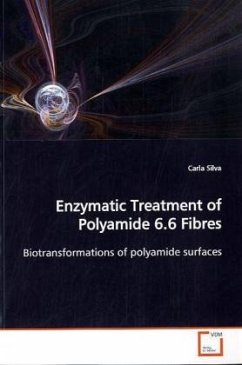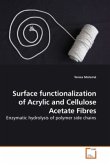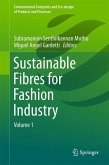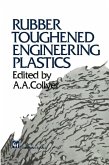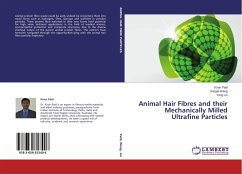The enhancement of the hydrophilicity of synthetic
polymers is a key requirement for many applications
ranging from electronics to functional textile
manufacture. Until now, few studies about the
functionalisation of polyamide 6.6 fabrics with
enzymes have been published. This work is a
significant step for the replacement of the chemical
functionalisation by the enzymatic one. It is proved
that enzymes, like cutinases or proteases, can be
environmentally friendly tools for the surface
hydrolysis of polyamide 6.6. The bulk properties of
the polymers are not affected and the process can be
controlled, in face of chemical methods which are
based in an all-or-nothing mechanism. The
practical evidences of enzymatic hydrolysis were
achieved by developing specific methodologies,
namely the determination of amines released to the
bath treatment and at the surface of the treated
fabrics. Despite the several difficulties felt
through this work, the results represent a
successful prolongation of some works already
published in this area.
polymers is a key requirement for many applications
ranging from electronics to functional textile
manufacture. Until now, few studies about the
functionalisation of polyamide 6.6 fabrics with
enzymes have been published. This work is a
significant step for the replacement of the chemical
functionalisation by the enzymatic one. It is proved
that enzymes, like cutinases or proteases, can be
environmentally friendly tools for the surface
hydrolysis of polyamide 6.6. The bulk properties of
the polymers are not affected and the process can be
controlled, in face of chemical methods which are
based in an all-or-nothing mechanism. The
practical evidences of enzymatic hydrolysis were
achieved by developing specific methodologies,
namely the determination of amines released to the
bath treatment and at the surface of the treated
fabrics. Despite the several difficulties felt
through this work, the results represent a
successful prolongation of some works already
published in this area.

